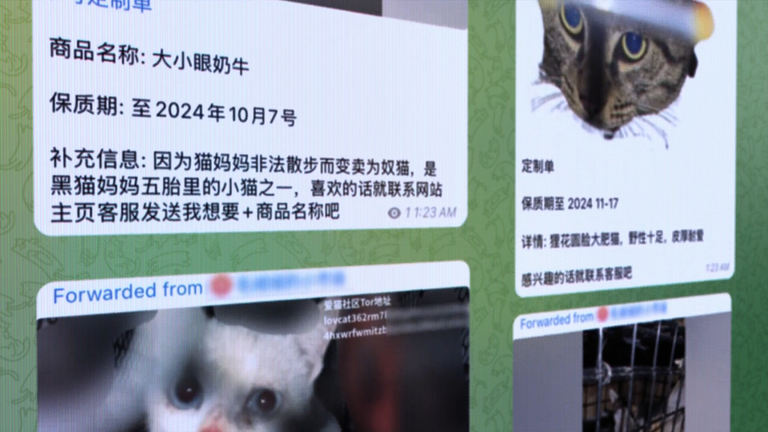Inside the Hidden War Against Global Cat Torture Networks

Each night, a man in eastern China logs into his laptop and enters a disturbing digital world. Known only as "Chen" for his safety, he’s part of a volunteer network that infiltrates online spaces where disturbing videos of cat abuse are traded and celebrated. What he uncovers is a growing international subculture built around extreme cruelty, with roots that trace back to loosely moderated online platforms.
Chen is among a group of digital activists trying to expose a dark global phenomenon: the production and sale of videos in which cats are tortured, mutilated, and killed—often for the sexual gratification of the viewers. This behavior, referred to by experts as "zoosadism," has spread widely and now involves thousands of people worldwide, using encrypted apps and even mainstream social media to operate.
These videos, often graphically violent, are created and distributed in private chat groups. Within these networks, users often mock real cat lovers by calling themselves “cat lovers” or “masters.” A disturbing hierarchy exists, where the abusers are seen as celebrities, and viewers may pay to order specific acts of cruelty, choosing the victim and the method of torture.
The activists involved, like Chen and another named Lara in the UK, conduct complex online investigations to locate the perpetrators. They watch videos repeatedly, analyze backgrounds for clues, and monitor financial transactions to trace those profiting from this cruelty. Often, to gain access to core groups, activists must pretend to be buyers or share disturbing content—a high psychological toll that some say has left lasting trauma.
Data collected by these groups shows a sharp rise in the frequency and distribution of such content. In early 2025, videos from Chinese chat groups were being uploaded every 2.5 hours—five times more often than in mid-2024. Hundreds of cats have been identified in these clips, and activists believe many more remain unaccounted for.
What’s especially alarming is how these videos have crossed over into mainstream platforms like YouTube, X (formerly Twitter), and Telegram. While some companies, when alerted, remove the content, activists argue this often happens too slowly—allowing networks to regroup and return under different names.

Despite the graphic nature of the abuse, China currently lacks any comprehensive laws banning cruelty to animals. While some perpetrators have faced consequences in countries like the UK, Turkey, and the U.S., many abusers in China operate openly and with little fear of punishment. Repeated attempts to pass legislation in China have failed, often due to political sensitivities and concerns about disrupting industries that rely on animal products.
Criminologists warn that consuming or participating in this type of content can lead to broader harm. Studies have shown links between animal cruelty and violent behavior toward humans. Some users in these groups reportedly enjoy the sound of cats screaming—comparing it to women or children—raising concerns about potential crossover into human abuse.
In one extreme example, networks hacked a Chinese livestreaming app for cat enthusiasts and offered cash rewards to people who could kill the featured cats on camera. Elsewhere, groups with overlapping interests in white supremacy and sadistic animal abuse have been found.
Activists say they are overwhelmed and often under threat. Some have been harassed, doxxed, or targeted with deepfake content. But they continue their efforts, driven by the belief that exposing this cruelty can force legal and social change.
“Someone has to stand against it,” said Chen. Though emotionally exhausting, his nightly surveillance has already led to the identification of multiple abusers, inching the movement closer to accountability. Despite the risks, these volunteers remain committed to ending this horrifying trade.
https://www.reddit.com/r/ThatsInsane/comments/1l0c5e4/inside_the_hidden_war_against_global_cat_torture/
This post has been shared on Reddit by @dkkfrodo through the HivePosh initiative.